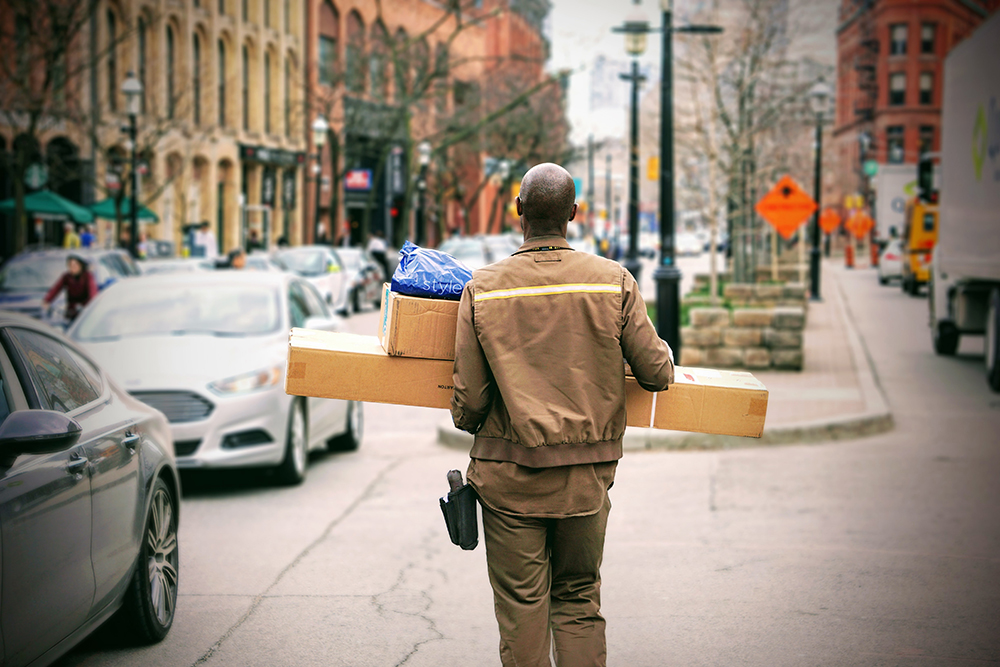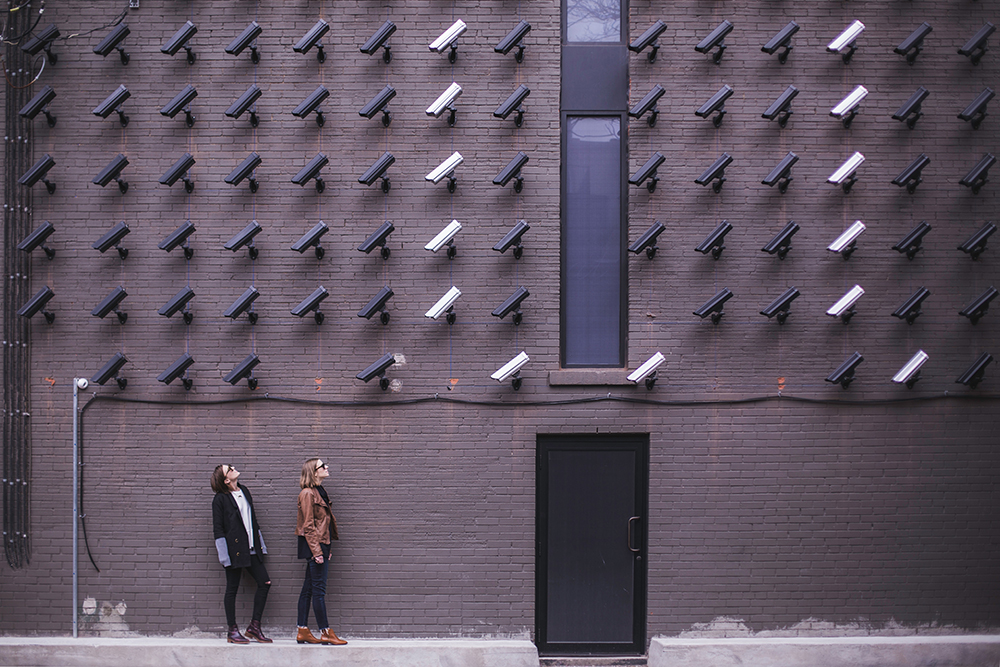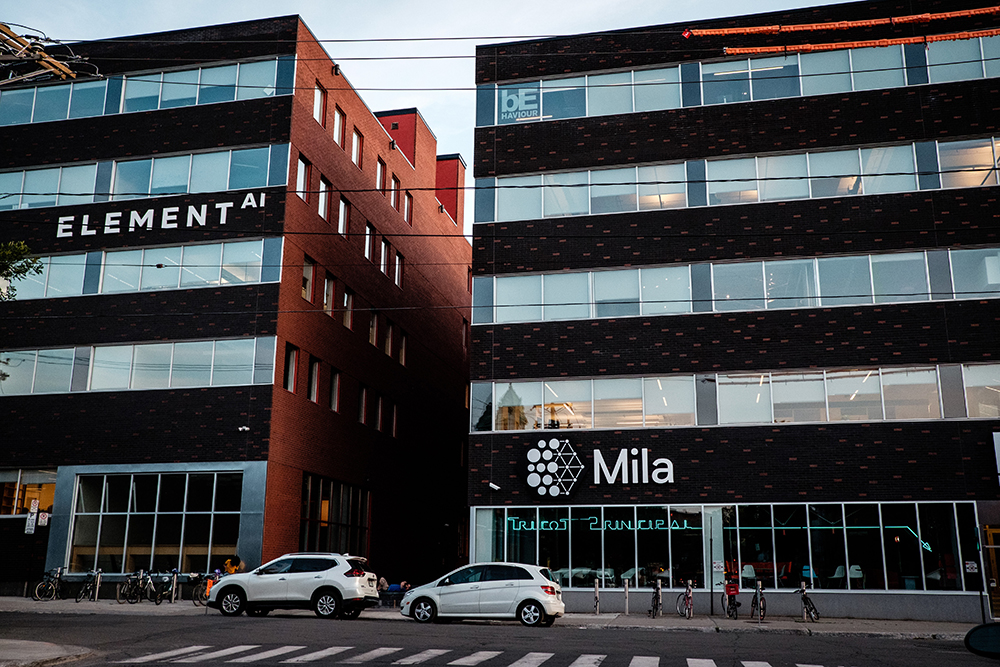“Robots, Empathy and Emotions” – this research project was tendered some time ago. The contract was awarded to a consortium of FHNW, ZHAW and the University of St. Gallen. The applicant, Prof. Dr. Hartmut Schulze from the FHNW School of Applied Psychology, covers the field of psychology. The co-applicant Prof. Dr. Oliver Bendel from the FHNW School of Business takes the perspective of information, robot and machine ethics, the co-applicant Prof. Dr. Maria Schubert from the ZHAW that of nursing science. The client TA-SWISS stated on its website: “What influence do robots … have on our society and on the people who interact with them? Are robots perhaps rather snitches than confidants? … What do we expect from these machines or what can we effectively expect from them? Numerous sociological, psychological, economic, philosophical and legal questions related to the present and future use and potential of robots are still open.” (Website TA-SWISS, own translation) The kick-off meeting with a top-class accompanying group took place in Bern, the capital of Switzerland, on 26 June 2019.
Amazon’s Delivery Robots Arrive in Irvine
Transport and delivery robots convey items of all kinds, like parcels and purchases from one party (often the provider or broker) to another (often the customer) or they accompany and relieve pedestrians and cyclists of their burden. From 2016 to 2018, Swiss Post tested small transport robots by Starship Technologies in Berne. Amazon began testing autonomous robots in a suburb of Seattle at the beginning of the year. According to USA TODAY, they will deliver packages to customers in Irvine, California. Irvine is a university town with about 250,000 inhabitants. It was planned and built in the 1960s by the Irvine Company. “Amazon said the robots, which are light blue and have the Amazon smile logo stamped on its sides, are able to avoid crashing into trash cans or pedestrians. Still, a worker will accompany the robots at first.” (USA TODAY, 6 August 2019) This is, of course, an effort that cannot be operated indefinitely. Once the escort is removed, there may be a higher likelihood of accidents. Transport robots of this type are dangerous trip hazards. They also create enormous complexity in urban traffic. These problems were addressed in Oliver Bendel’s article “Service Robots in Public Spaces” in June 2017 which can be downloaded here.
Self-Repairing Robots
Soft robots with soft surfaces and soft fingers are in vogue. They can touch people, animals, and plants as well as fragile things in such a way that nothing is hurt or destroyed. However, they are vulnerable themselves. One cut, one punch, and they are damaged. According to the Guardian, a European commission-funded project is trying to solve this problem. It aims to create “self-healing” robots “that can feel pain, or sense damage, before swiftly patching themselves up without human intervention”. “The researchers have already successfully developed polymers that can heal themselves by creating new bonds after about 40 minutes. The next step will be to embed sensor fibres in the polymer which can detect where the damage is located. The end goal is to make the healing automated, avoiding the current need for heat to activate the system, through the touch of a human hand.” (Guardian, 8 August 2019) Surely the goal will not be that the robots really suffer. This would have tremendous implications – they would have to be given rights. Rather, it is an imaginary pain – a precondition for the self-repairing process or other reactions.
The Bartender Robot
The activities in a pub or a club are demanding. You have to take orders from guests, you have to understand them and be friendly to them, and you have to prepare drinks like Porn Star Martini or White Lady behind the counter. Then you must bring the bill, take money and give change. Robots are more or less good at these things. F&P Robotics has developed Barney, a complete and simple robotic bar solution. The Swiss company is known for its ambitious robots for therapy and care. Now it obviously wants to conquer the gastronomy. Barney offers an easy-to-use interface and a simple payment system. According to the manufacturer, the system impresses with elegant movements during the preparation of the drink. As a typical cobot, it can also work hand in hand with human bartenders. At Hotel Interlaken, Switzerland, you can see Barney in action from 13 August to 15 September 2019. You can form your own opinion and either come to the conclusion that this is the future – or that you still want a human service and a human smile. More information via www.barney-bar.com.
Knightscope’s Fourth Generation K5
Knightscope’s security robots have been on the road in Silicon Valley for years. They can see, hear and smell – and report anything suspicious to a central office. A new generation has emerged from a partnership with Samsung. The monolithic cone has become a piecemeal object. The company writes in its blog: “With its all new, fully suspended drivetrain, the K5v4 is uniquely suited to manage the more aggressive terrain outside Samsung’s Silicon Valley workplace. Since deploying, we have been able to reduce the amount of time it takes to complete a robot guard tour in areas inhibited by speed bumps, while continuing to sweep both of their multi-story parking garages for abandoned vehicles and provide their command center with the additional eyes and ears to provide more security intelligence and improve overall security.” (Knightscope, 16 June 2019) Security robots can certainly be an option in closed areas. When used in public spaces, many ethical questions are raised. However, security robots can do more than security cameras. And it is hard to escape the fourth generation.
The Relationship between Artificial Intelligence and Machine Ethics
Artificial intelligence has human or animal intelligence as a reference and attempts to represent it in certain aspects. It can also try to deviate from human or animal intelligence, for example by solving problems differently with its systems. Machine ethics is dedicated to machine morality, producing it and investigating it. Whether one likes the concepts and methods of machine ethics or not, one must acknowledge that novel autonomous machines emerge that appear more complete than earlier ones in a certain sense. It is almost surprising that artificial morality did not join artificial intelligence much earlier. Especially machines that simulate human intelligence and human morality for manageable areas of application seem to be a good idea. But what if a superintelligence with a supermorality forms a new species superior to ours? That’s science fiction, of course. But also something that some scientists want to achieve. Basically, it’s important to clarify terms and explain their connections. This is done in a graphics that was published in July 2019 on informationsethik.net and is linked here.
China’s Brain Drain
“China’s AI talent base is growing, and then leaving” – this is what Joy Dantong Ma writes in an article with the same title. Artificial intelligence is promoted in the People’s Republic in various ways. Money is invested in technologies, institutions, and people. “China has been successful in producing AI talent, evidenced by the rapid growth of AI human capital over the last decade.” (MacroPolo, 30 July 2019) This seems to be good news for the country in the Far East. But the study to which the article refers comes to a different conclusion. While “Beijing has cultivated an army of top AI talent, well over half of that talent eventually ended up in America rather than getting hired by domestic companies and institutions”. “That’s because most of the government resources went into expanding the talent base rather than creating incentives and an environment in which they stay.” (MacroPolo, 30 July 2019) According to Joy Dantong Ma, Beijing seems to have recognized its failure in retaining talent. “The well-known New Generation Artificial Intelligence Development Plan, released in 2017, vowed to lure top-notch AI scientists in neural network, machine learning, self-driving cars, and intelligent robotics by opening up special channels and offering up competitive compensation packages. Still, it’s not clear that Beijing will be able to reverse the Chinese AI brains from draining to its biggest competitor, the United States.” (MacroPolo, 30 July 2019) Does the USA even want the talents? That is anything but clear in these times.
Unknown Links between Classic Artworks
Can machine vision detect unknown connections between famous or classic artworks? This seems to be the case, as the work of Tomas Jenicek and Ondřej Chum shows. In their paper “Linking Art through Human Poses” they write: “We address the discovery of composition transfer in artworks based on their visual content. Automated analysis of large art collections, which are growing as a result of art digitization among museums and galleries, is an important tool for art history and assists cultural heritage preservation. Modern image retrieval systems offer good performance on visually similar artworks, but fail in the cases of more abstract composition transfer. The proposed approach links artworks through a pose similarity of human figures depicted in images.” (Abstract) Human figures are the subject of many paintings from the Middle Ages to the Modern Age and their unmistakable poses have often been a source of inspiration among artists. Think of “Sleeping Venus” by Giorgione, “Venus of Urbino” by Titian and “Olympia” by Édouard Manet – paintings with similarities and correlations. The method of the two scientists consists of fast pose matching and robust spatial verification. They “experimentally show that explicit human pose matching is superior to standard content-based image retrieval methods on a manually annotated art composition transfer dataset” (Abstract). The paper can be downloaded via arxiv.org/abs/1907.03537.
Chatbots in Amsterdam
CONVERSATIONS 2019 is a full-day workshop on chatbot research. It will take place on November 19, 2019 at the University of Amsterdam. From the description: “Chatbots are conversational agents which allow the user access to information and services though natural language dialogue, through text or voice. … Research is crucial in helping realize the potential of chatbots as a means of help and support, information and entertainment, social interaction and relationships. The CONVERSATIONS workshop contributes to this endeavour by providing a cross-disciplinary arena for knowledge exchange by researchers with an interest in chatbots.” The topics of interest that may be explored in the papers and at the workshop include humanlike chatbots, networks of users and chatbots, trustworthy chatbot design and privacy and ethical issues in chatbot design and implementation. More information via conversations2019.wordpress.com/.
Could Artificial Intelligence Trigger Wars?
Deep fakes are a young phenomenon. Of course there have been fake videos for a long time. But that artificial intelligence makes the production possible, even in standard applications, is new. On August 1, an article dedicated to the phenomenon was published in the German newspaper Die Welt. It begins with the following words: “It is well known that a picture says more than a thousand words. And moving images, i.e. videos, are still regarded as unmistakable proof that something has taken place exactly as it can be seen in the film. … Powerful artificial intelligence (AI) processes now make it possible to produce such perfect counterfeits that it is no longer possible to tell with the naked eye whether a video is real or manipulated. In so-called deep fake videos, people say or do things they would never say or do.” Among others, the philosopher Oliver Bendel is quoted. The article with the title “Artificial intelligence could trigger wars” can be downloaded via www.welt.de.









